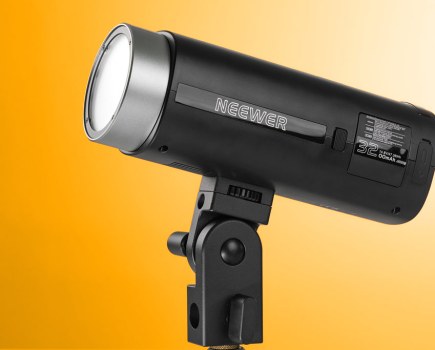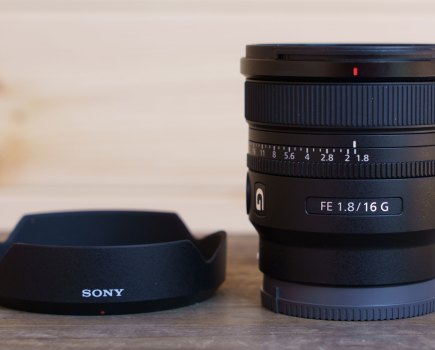Fujifilm’s FinePix F550EXR is an advanced travel compact camera that has retained the core features of its predecessor, the FinePix F300EXR, such as a 15x wideangle zoom and 16-million-pixel sensor, but which also offers a number of refinements.
These include full HD (1080p) video capture, a back-illuminated CMOS-type sensor, eight frames per second shooting at full resolution, greater detail in the GPS data, an improved EXR auto mode and advances in image stabilisation through advanced anti-blur, which should be particularly useful at telephoto settings.
Build and handling
The F550EXR’s Fujinon lens with a wide 15x optical zoom covers an effective focal range of 24-360mm. This is impressively cased in a small body measuring just 103.5×62.5×32.6mm, with a minimum depth of 22.9mm. As well as slipping easily into a pocket, the camera is also lightweight at 215g, including battery and memory card.
The F550EXR looks virtually identical to the F300EXR. All the controls are handily within a thumb’s reach, while a good-quality leather-effect front grip aligned to the middle finger acts as a firm hold. In short, this camera sits well in the hand.
The shooting-mode dial is positioned just where the thumb rests naturally, and allows selection of PASM control, as well as auto, auto EXR mode, advanced shooting and portrait modes. Just below the dial is a direct video record button through which full HD (1080p) videos can be recorded at 30fps with stereo sound. Other key controls are accessed via the function button.
On start-up, the built-in flash automatically elevates. Instead, I would like to see an auto pop-up, depending on the shooting mode.
Like most cameras that feature GPS, the battery drains significantly faster when this is activated. Those who are not fussed about GPS may just as well consider the less expensive FinePix F500EXR model.
Interestingly, the camera’s ability to record in both JPEG and raw format is not emphasised by the company, given that this is an advantage over the direct competition. FinePix Studio for Windows users and Raw Converter for Mac users is bundled with the camera to process raw files, and both are relatively slow but simple to use.
Performance
With a 16-million-pixel sensor, the F550EXR is able to resolve an impressive amount of detail. At ISO 100 it reaches the 24 marker in raw and 22 in JPEG on our test chart, while both formats reach 18 at ISO 3200. However, smaller sensors are less able to cope with noise, and the first real noticeable signs appear at ISO 400, although images are still usable up to ISO 1600. In-camera noise reduction takes its toll, and can be seen clearly when viewing images at 100% as a smudging of detail. Most images, therefore, benefit from a good level of sharpening.
The 15x zoom goes from one extreme to the other in a very rapid 2secs. At the extreme telephoto end, the initial focus is a bit hit and miss and it is difficult to keep the camera steady, although dual image stabilisation is helpful. Advanced anti-blur makes telephoto shooting even more achievable, although this is only available in auto EXR, where raw shooting is not possible. Both issues are eased when a good level of light is available.
As with any lens covering such a wide range, there are compromises in optical quality. At wider focal lengths curvilinear barrel distortion is evident, although this is much more subtle as the focal length increases. Vignetting is apparent at the widest aperture setting, but is all but gone by closing one stop.
The in-camera functions and creative modes are fun to use. Included among these is a fixed panorama mode that works in either 120°, 180° or 360°, although at a reduced resolution.


Images: These two images show the extreme 24mm and 360mm focal lengths. A steady hand, fast shutter speed and in-camera stabilisation give a sharp image at 360mm
Verdict
The fujifilm FinePix F550EXR is a well-constructed, feature-packed and fun camera to use. The ability to shoot raw is a plus, but the camera’s image quality is on a par with the best in its class rather than being a leader.








